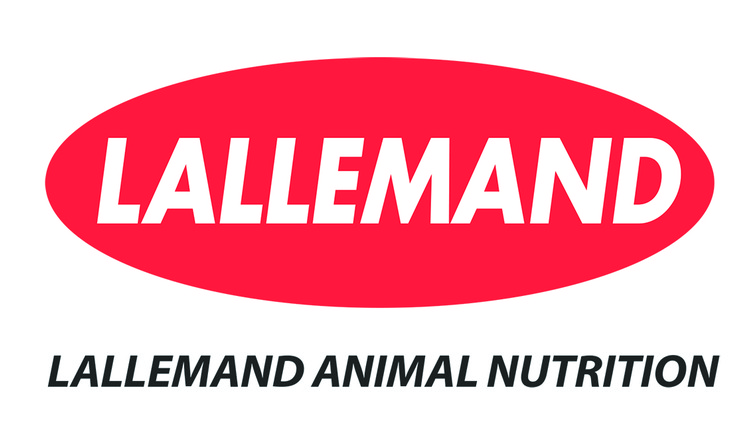3 Checks for Colony Forming Units in Silage Inoculants |
|
|
This item has been supplied by a forage marketer and has not been edited, verified or endorsed by Hay & Forage Grower. Every time forage is ensiled, there is a microscopic war between “good” bacteria that can create high-quality silage and “bad” microbes that may cause spoilage. To help win this war, livestock producers need an army of elite lactic acid bacteria (LAB) from inoculants proven in independent trials to achieve the desired goals, says Bob Charley, Ph.D., Forage Products Manager, Lallemand Animal Nutrition. “Using a research-proven forage inoculant with the correct level of colony forming units (CFUs) proven effective in trials helps ensure producers have enough ‘good’ bacteria to win the ensiling battles,” Dr. Charley says. “Microbes are very small and difficult to count directly, so CFUs are used.” To determine the CFU count, a sample is taken, diluted and a precise amount is spread onto a growth media in a petri dish. After incubation, individual microbial colonies are counted. Since it’s unknown if the colony was formed by one single organism or a cluster of bacteria, each spot on the petri dish is referred to as a “colony forming unit.” Dr. Charley recommends producers check for three key items on their silage inoculant: 1. A product label that clearly lists the number of CFUs 2. A minimum of 100,000 of CFUs per gram of fresh forage — higher levels are required when using Lactobacillus buchneri to improve aerobic stability 3. Independent data to support claims “First, if the number of CFUs isn’t listed on the product label, you have no guarantee the product will do its job correctly. It’s a major red flag,” Dr. Charley says. “The quantity of CFUs is an important measure of product quality.” To drive a rapid pH drop, 100,000 CFUs of LAB per gram of fresh forage is the accepted minimum standard. However, to reliably produce silage with good aerobic stability, a significantly higher application rate is recommended. L. buchneri 40788 applied at a rate of 400,000 CFU per gram of forage (600,000 CFU per gram for HMC) is the only inoculant bacteria strain reviewed by the FDA and allowed to claim improved aerobic stability. In addition to ensuring the product contains the correct level of CFUs, producers should always ask to see independent data to support claims made for any inoculant. Dr. Charley recommends producers check what level the product was used at in these studies and ensure it matches what they’re being sold. “Using the right level of CFUs of specific strains proven effective in trials is one component of the management process of creating high-quality silage,” Dr. Charley says. “And it’s a good way to quickly check for quality and manufacturer transparency when choosing your silage inoculant.” |
